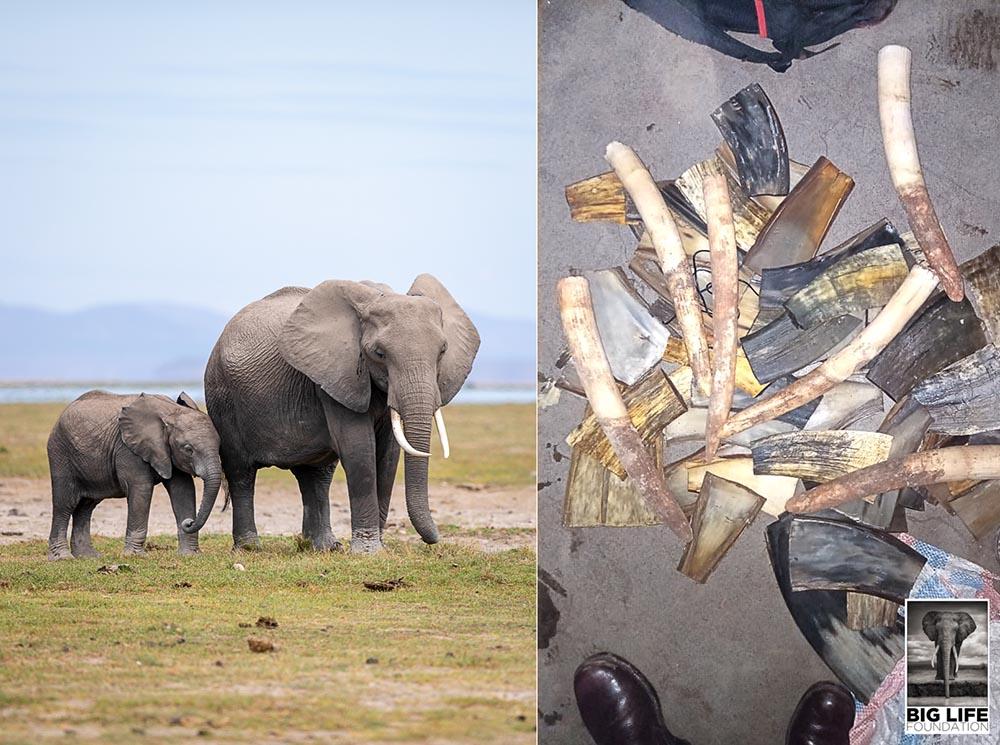
It’s been a year since we last caught traders trying to move ivory under our noses. Our intelligence network of community informants doesn’t sleep, and the risk of being caught is just too high for most. But there are always exceptions.
Perhaps the four were new to the area; none of them were Maasai. They were trying to sell ivory in the local town of Kimana, and a Big Life informer picked up the news quickly.
Big Life informers pretended to be brokers interested in facilitating the sale, and we worked with the Kenya Wildlife Service to set up the bust. The ivory sellers walked right into it at 7 PM one night, and were arrested with 20 kg of ivory that they were trying to sell.
The traders were attempting to sell for approximately $60/kg. While this may seem like a lot of money, it is only 30% of the $180/kg that low-tier traders were asking at the height of the illegal ivory trade. This reflects the great success of anti-poaching and wildlife trafficking interventions, as well as demand reduction campaigns and action by the governments of high-demand countries.
There are clearly still those that are looking to make quick money off the trade, but arrests like these send a strong message that there is a high price to pay.
